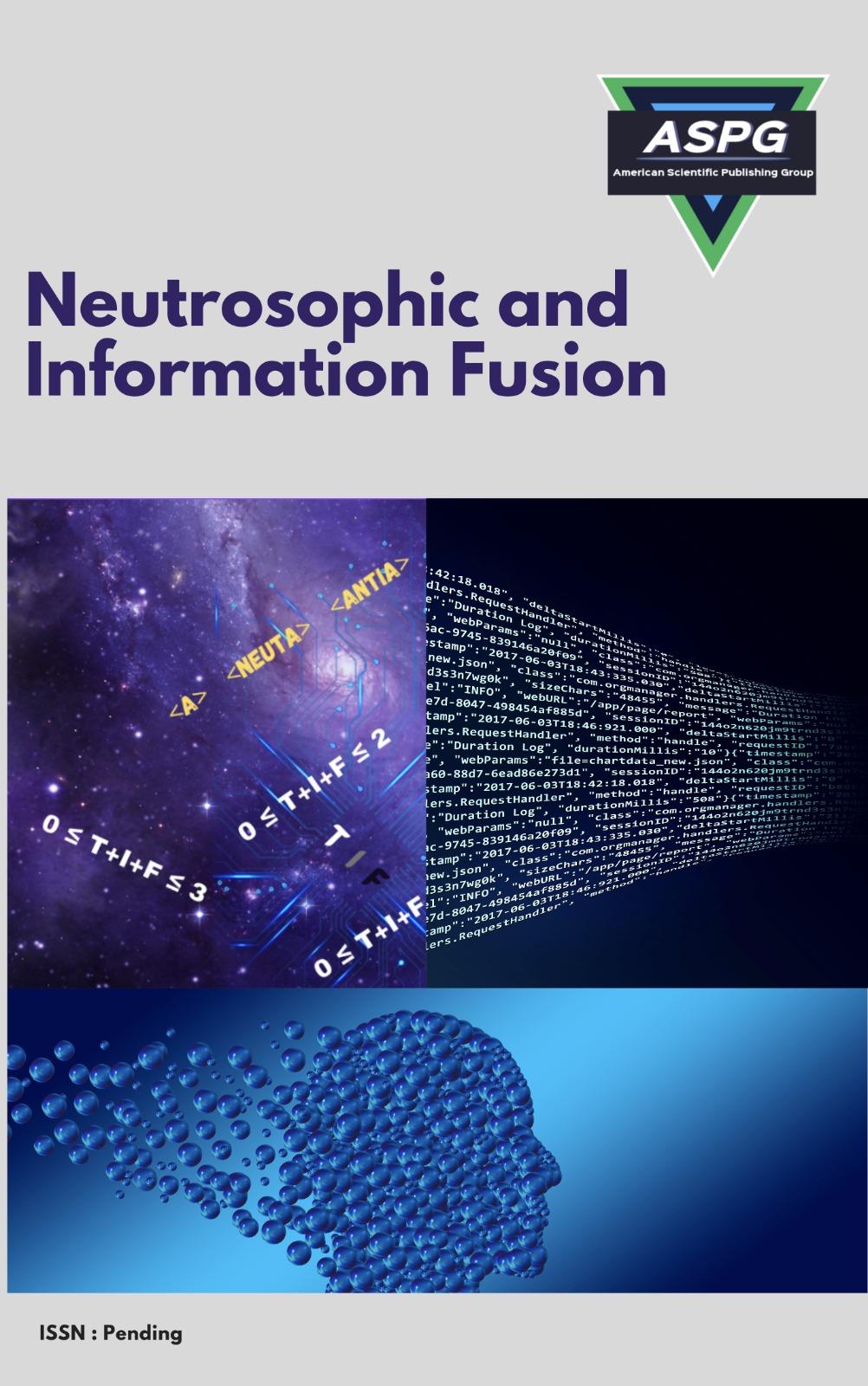

A k-arc in a plane PG (2, q) is a set of k point such that every line in the plane intersect it in at most two points and there is a line intersect it in exactly two points. A k-arc is complete if there is no k+1-arc containing it. This thesis is concerned with studies a k-arcs, k=4, 5,…., 10 and classification of protectively distinct k-arcs and distinct arcs under collineation. We prove by using computer program that the only complete k-arcs is for, k= 6, 10.
Read MoreDoi: https://doi.org/10.54216/NIF.030201
Vol. 3 Issue. 2 PP. 1-8, (2024)
The Q learning algorithm in reinforcement learning is one of the algorithms that allows the robot to learn the surrounding environment without the need for prior training samples with the principle of reward and punishment for the robot through interaction with the environment. Increasing the number of hidden layers of the deep neural network used and adjusting some of the higher parameters in it can increase the reward of the robot and thus obtain the best path to achieve the goal.
Read MoreDoi: https://doi.org/10.54216/NIF.030202
Vol. 3 Issue. 2 PP. 9-17, (2024)
We studied the stability of the steady state solutions for Fisher Equation in two cases, the First one with constant amplitude and we show that the steady state solution u1=1 is always stable under any condition, but the other two solutions u1=0 and u1 (x)=A cos (nπX)are conditionally stable. In the Second case, we studied the steady state solutions for various amplitude by using two Methods. The First is analytically by direct Method and the second is numerical method using Galerkin technique which shows the same results, that is the steady state solution u1=1 is always stable under any conditions, but the other two solutions u1=0 and u1 (x)=A cos (nπX) are conditionally stable.
Read MoreDoi: https://doi.org/10.54216/NIF.030203
Vol. 3 Issue. 2 PP. 18-24, (2024)
This research presents a novel simulation model of adaptive control to make a control process by using MIT rule adjustment mechanism, to power oscillation damping in the SMIB system and to measure its possible effects on the response of the damper by changing its parameters according to an external disturbance using Simulink. The results showed that the use of MRAC technique maintains the response of the damper when changing the transfer function due to external disturbance.
Read MoreDoi: https://doi.org/10.54216/NIF.030204
Vol. 3 Issue. 2 PP. 25-31, (2024)
Brain Computer Interface (BCI), especially systems for recognizing brain signals using EEG (Electroencephalography), is one of the important research topics that arouse the interest of many researchers currently. Convolutional Neural Nets (CNN) is one of the most important deep learning classifiers used in this recognition process, but the parameters of this classifier have not yet been precisely defined so that it gives the highest recognition rate and the lowest possible training and recognition time. This research proposes a system for recognizing EEG signals using the CNN network, while studying the effect of changing the parameters of this network on the recognition rate, training time, and recognition time of brain signals, as a result the proposed recognition system was achieved 76.38 % recognition rate, And the reduction of classifier training time (3 seconds) by using Common Spatial Pattern (CSP) in the preprocessing of IV2b dataset, and a recognition rate of 76.533% was reached by adding a layer to the proposed classifier.
Read MoreDoi: https://doi.org/10.54216/NIF.030205
Vol. 3 Issue. 2 PP. 32-39, (2024)